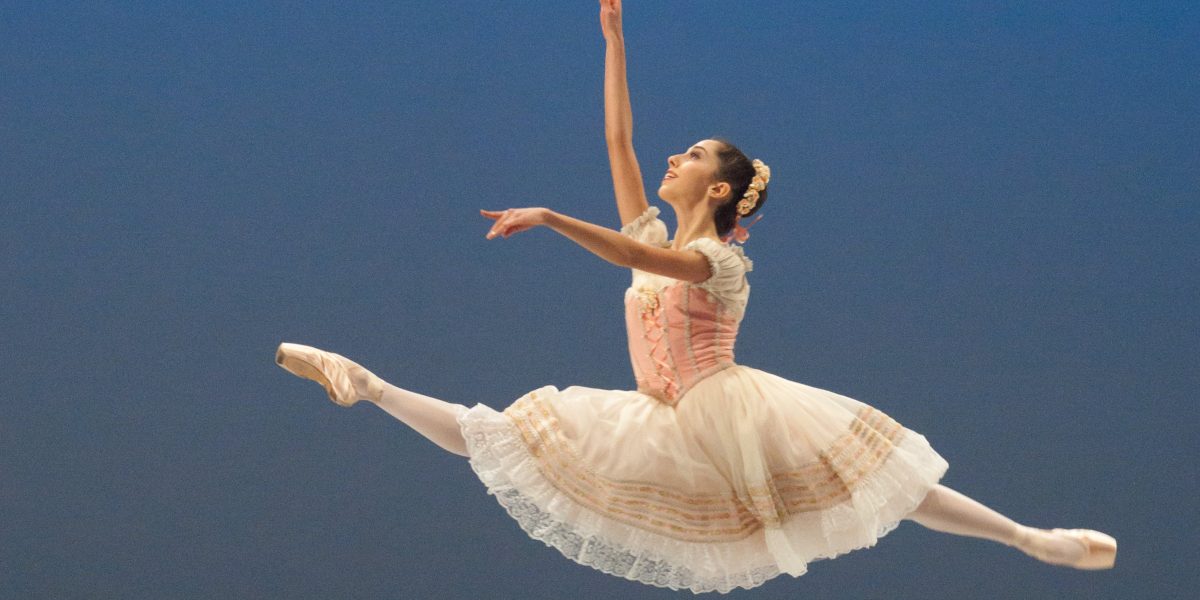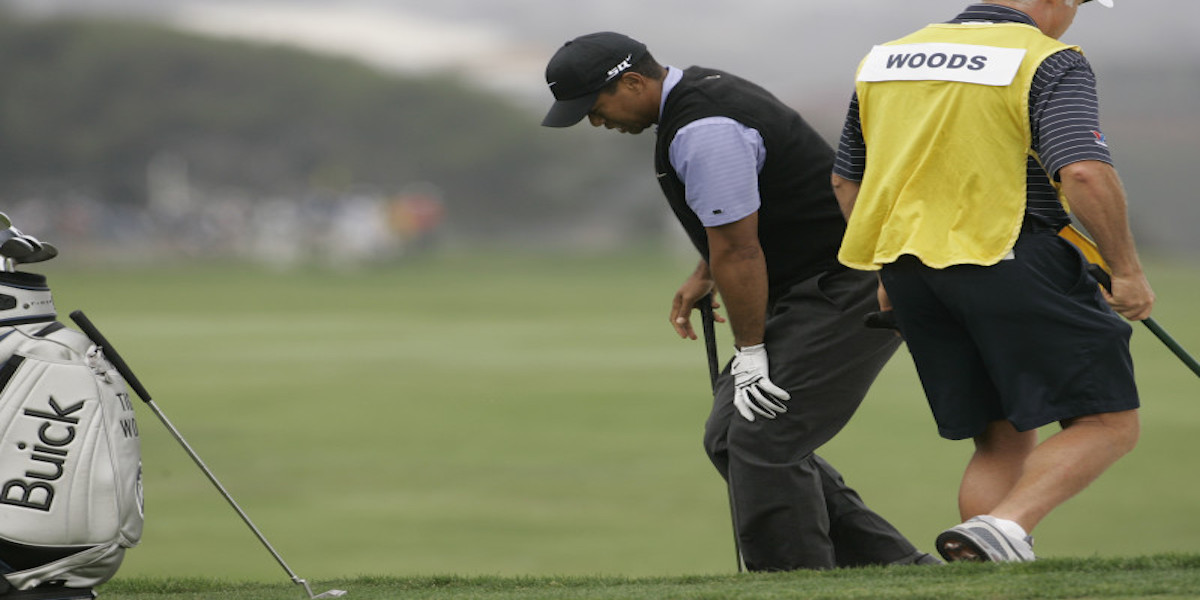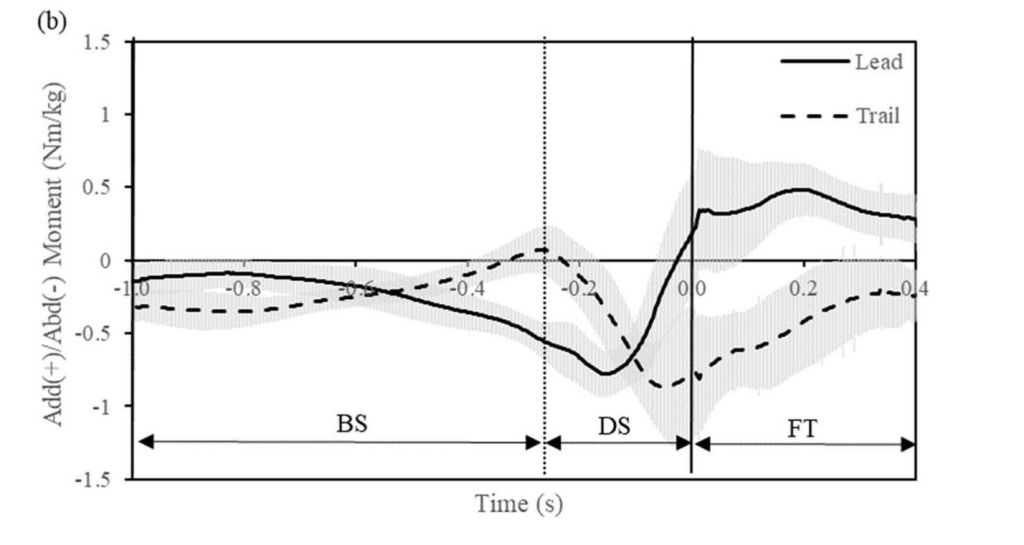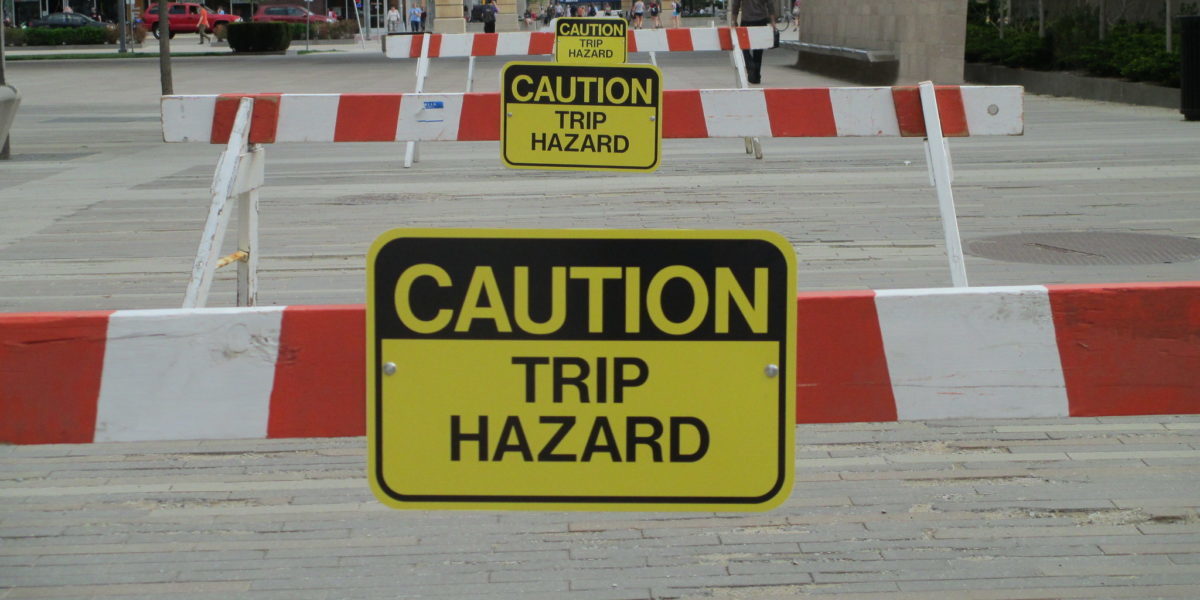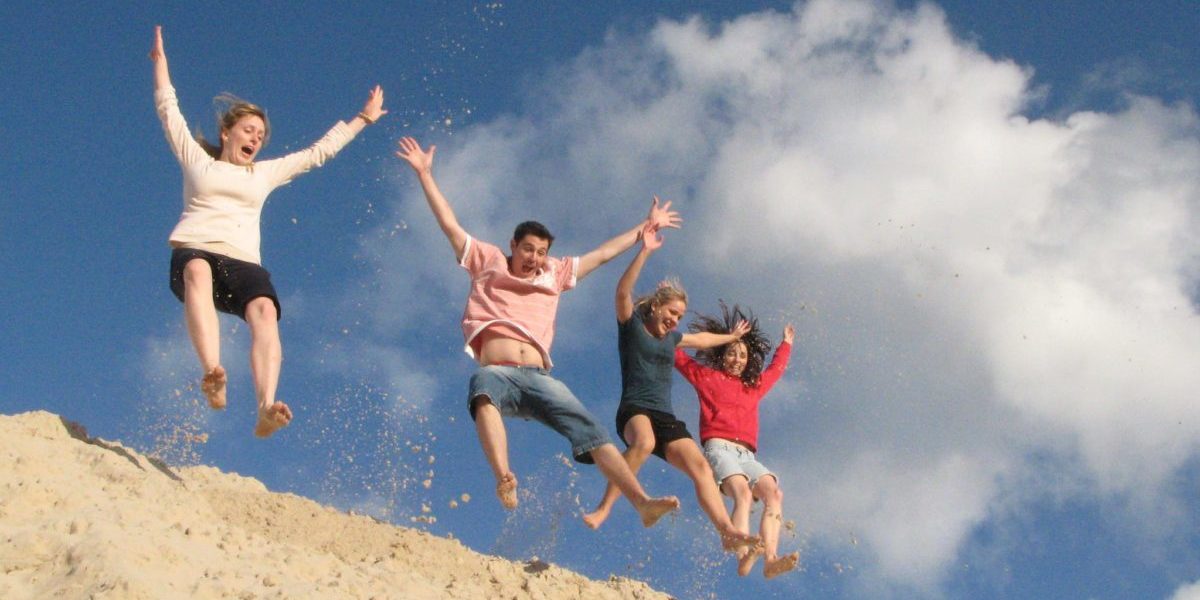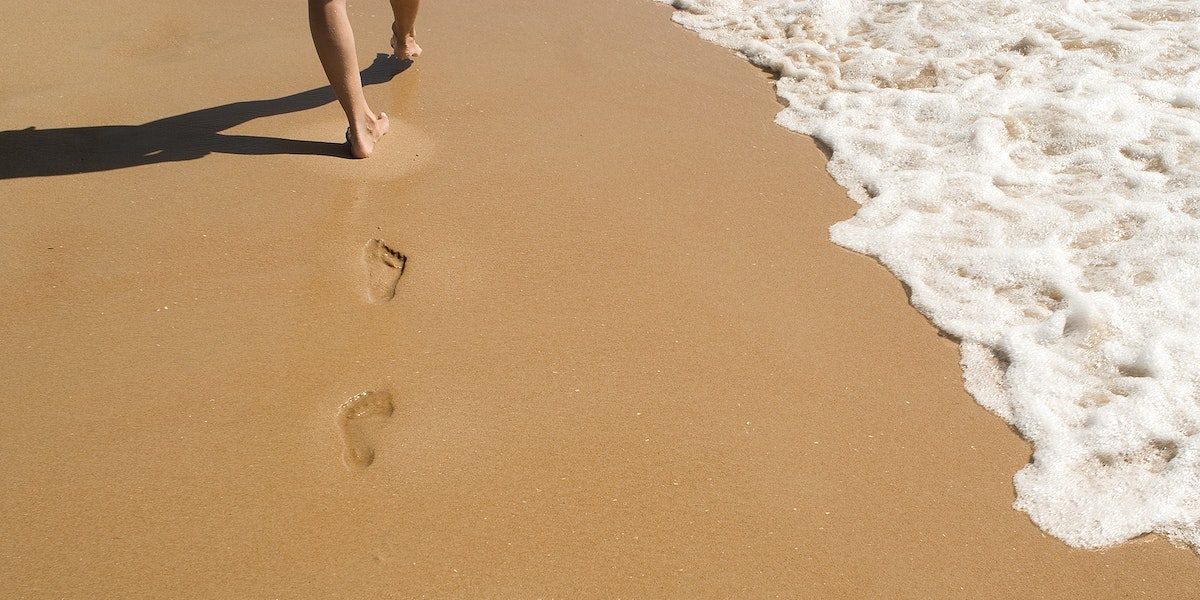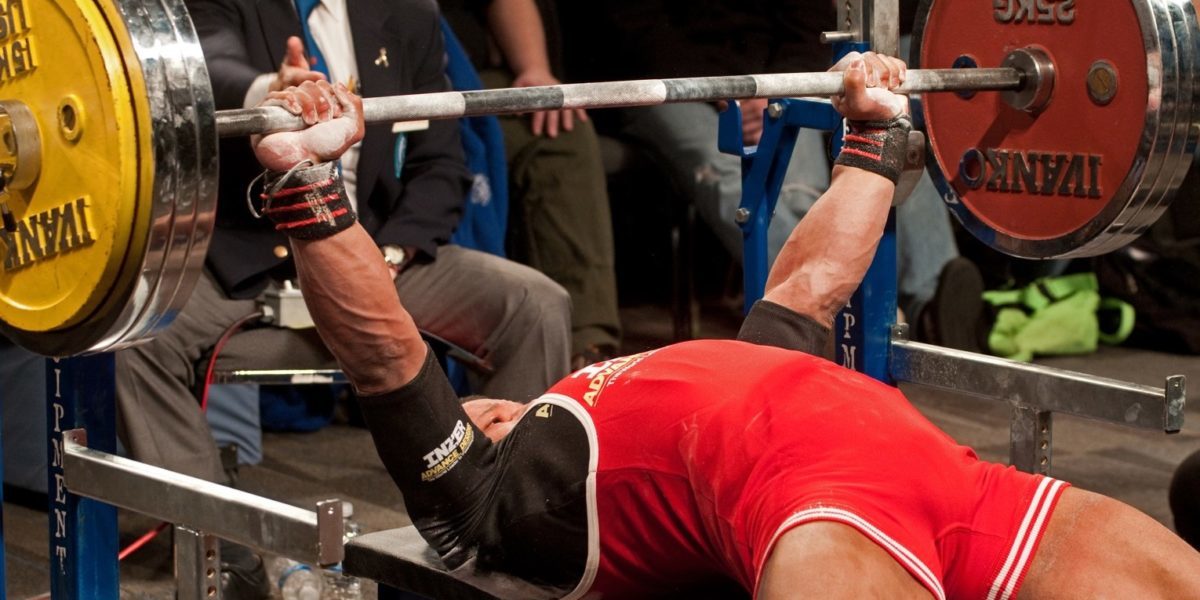When we think of building strong bones, most of us picture drinking plenty of milk for its calcium—at least, that’s what our elementary gym teachers used to tell us. But building and maintaining strong bones requires more than just calcium from milk; supplemental vitamins play a key role in the development and maintenance of strong bones. Bone fractures are common in young, but especially elderly people, and adding collagen supplements to one’s diet can have a major impact on bone toughness reducing the risk of fractures.
Continue reading “Taking Collagen and Copper Supplements can decrease the risk of bone fractures”Tag: prevention
Limiting Repetitive Subconcussive Impacts in Rugby
It is no secret the danger head injuries can pose for player safety in contact sports. While the public is aware of the danger of large hits and concussions, many remain unaware of the danger small blows to the head can have on an individual. Formally, these incidents are known as subconcussive impacts, which are defined as blows to the head that result in mild brain trauma without the presentation of typical concussion symptoms. Recent studies have indicated repetitive subconcussive impacts can lead to cumulative, long-term brain damage. This discovery has been increasingly alarming for rugby players who can average 77 of these impacts per game! With the discovery of this newfound danger, the question must be asked: what is being done to protect at risk rugby players?
Continue reading “Limiting Repetitive Subconcussive Impacts in Rugby”Dancers: Athletes or Artists?
Throughout history, there has been a long-standing debate about whether dancers should be classified as athletes or artists. Athletes need strength to be proficient in a sport. Artists require creativity to produce works of art. Dancers combine strength with artistry to not only leap high into the air but also look graceful as they do so. Yet, many people still refuse to classify dancers as athletes or even as athletic artists.
Continue reading “Dancers: Athletes or Artists?”Knee Pain from Golf? Look No Further.
If you like golf, you probably remember watching Tiger Woods win the 2008 U.S. Open with a torn anterior cruciate ligament (ACL). This may have seemed like a rare injury for a golfer, as most golf-related injuries involve the lower back, but knee injuries due to the golf swing are more common than you may think. In fact, the prevalence of knee injuries in golf is roughly 18%, with an even higher percentage when you only consider the elderly. Since most of these injuries are a result of overuse, it is important for golfers to understand why these injuries occur if they want to keep playing for years to come.
Read More: Knee Pain from Golf? Look No Further.Unlike traumatic injuries in high-intensity sports like football or basketball, most golf-related injuries are the result of overuse. As for the knee joint, there are multiple mechanical factors in the golf swing that contribute to overuse injuries. During the downswing, the lead knee rotates rapidly from a state of adduction (external rotation) to a state of abduction (internal rotation). This creates an abduction moment on the lead knee, which can cause ACL tears. The graph shows a plot of adduction/abduction moments on the knees during a golf swing, which was measured using force plates and retroreflective markers on golfers’ legs.
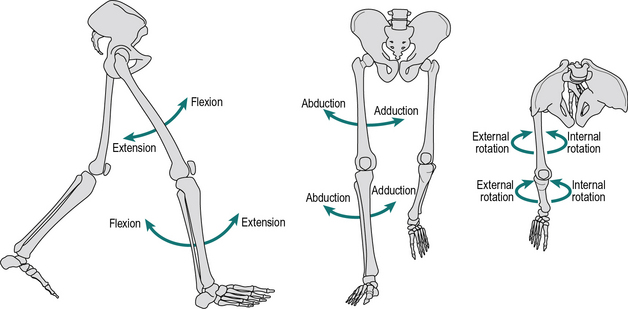
The magnitude (roughly 1 Nm/kg) is not large enough to cause traumatic stress on the ACL but is enough to potentially cause an injury over many repetitions of the golf swing. In addition to rapid rotation, the lead leg undergoes rapid extension during the downswing. The combination of these movements in large volumes over time can lead to other ligament tears or osteoarthritis. Osteoarthritis occurs when tissues in the joint break down over time.
In addition to these biomechanical movements, other factors like pre-existing knee conditions play a significant role in golf-related injuries. Over 30% of golfers with previous knee pain feel that golf has made their symptoms worse. The same is true for golfers with a previous total-knee arthroscopy (TKA), as nearly 34.9% experience pain after playing. Considering that golf is very popular among the older population, it is important to understand how to limit the risk of injury in the golf swing.
While the golf swing can lead to overuse injuries, there are a few preventative methods golfers can implement to protect their knees. Several studies recommend that golfers rotate their lead foot open (towards the target) by roughly 30 degrees. This decreases the stress on the medial (inner) side of the knee, a common area for osteoarthritis. Another adjustment golfers can make in their setup is how close/far they stand from the golf ball during the swing. Standing closer to the ball lowers the peak abduction moment on the lead knee, while standing farther away reduces the peak adduction moment. Depending on which area of your knee is in pain or has experienced previous injury, you may want to implement these adjustments to your setup. If you are experiencing pain on the inside of your knee, you should stand closer to the ball. Conversely, if your pain is on the outside of your knee, you should stand further away from the ball. Other preventative methods include warm-up stretching and regular exercise to activate and loosen the knee joint and surrounding muscles. If you’d like to learn more about these preventative methods, click here.
Do Humans Get Weaker in Outer Space?
We have entered an era of renewed excitement regarding human space travel. The international community has lofty goals for the future of human spaceflight: returning to the Moon, sending crewed missions to Mars and other planets, and even colonizing space to save the human race when Earth is no longer habitable. These goals are beyond exciting, but before we can safely accomplish any of them, we must understand the biological consequences of space travel. For instance, it is well documented that space travel causes muscle atrophy, or deterioration. What causes this atrophy, and can how it be prevented?
Continue reading “Do Humans Get Weaker in Outer Space?”Slipping or Tripping? Researchers Find Best Way to Regain Your Balance
Everyone has slipped or tripped at some point in their lives. Whether it is walking on an icy road to get to your car or tripping over the Lego set your kid refused to put away, everyday obstacles can cause us to lose our balance. Often this results in a brief moment of panic followed by the uneasy relief of regaining your footing, but for those who aren’t lucky enough to avoid falling, the results can be devastating. This is especially prevalent in populations more susceptible to falling. Falling in the workplace accounts for 16.8% of all non-fatal injuries leading to days taken off work. It is thought that this is due to the high volume of slipping or tripping obstacles encountered in some occupations. Additionally, 36 million falls resulting in 32,000 deaths were reported for the 65+ year old population of the US. Elderly individuals may lack the strength and reflexes necessary to recover their balance quickly. This is especially worrisome because the elderly are also the most at risk for the major health complications that can be caused by fall related injuries.
Continue reading “Slipping or Tripping? Researchers Find Best Way to Regain Your Balance”Falling for You: How to Reduce Fall Risks?
The majority of people know what a fall is and, in fact, many people have unfortunately experienced one or a few. But what would be a good definition for what a fall is? Simply put, a fall is something that happens when you lose your balance and cannot recover. Falls have the potential to ruin anyone’s day. For some, however, the risk is far more severe than that as falls are one of the leading factors in injury and death among the elderly population. This will continue to be a problem as the number of elderly people in the United States is expected to increase dramatically over the next fifty years.
Continue reading “Falling for You: How to Reduce Fall Risks?”Jumping into Better Bone Health: Impact Exercise and Your Bones
When exercising for overall health, the general public tends to disregard the importance of bone health. Often the focus is on consuming milk or calcium rich foods, but are there certain exercises that can increase bone health? Studies show that the presence of impact in exercise plays a major factor.
As we age, everyone loses bone mineral density, which is a determining factor in bone strength and stiffness. Decreasing bone mineral density can lead to bones that easily break and fracture, and will, in extreme cases, result in the disease osteoporosis. Women are at a higher risk of osteoporosis because they lose more bone mineral density as they age due to the process of menopause. Increasing bone mineral density at younger ages can ensure that even with the inevitable bone loss, peoples’ bones are still strong.
Continue reading “Jumping into Better Bone Health: Impact Exercise and Your Bones”Do your Foot Arches make you more or less likely to be injured?
Have you ever wondered how your arch type may affect your everyday life especially in physical activities such as running or playing sports? Well it turns out that without taking precautions, a higher arch or a flat foot may cause you to more likely be injured! People have all different types of arches, and each foot can be affected differently based on the type of arch.
Continue reading “Do your Foot Arches make you more or less likely to be injured?”Have you ever wondered how your arch type may affect your everyday life especially in physical activities such as running or playing sports? Well it turns out that without taking precautions, a higher arch or a flat foot may cause you to more likely be injured! People have all different types of arches, and each foot can be affected differently based on the type of arch.
Continue reading “Do your Foot Arches make you more or less likely to be injured?”The Benchmark of Upper Body Strength: Injury Prevention During the Bench Press
Who wouldn’t want to look like Captain America? This common desire to attain a strong Herculean physique, either for athletics or aesthetics, has led many ambitious men and women to weightlifting. An egotistical motivation puts these people at risk of injury, however, as they sacrifice proper form to achieve their next personal best. The bench press is one example of an effective but potentially dangerous lift.
Continue reading “The Benchmark of Upper Body Strength: Injury Prevention During the Bench Press”

